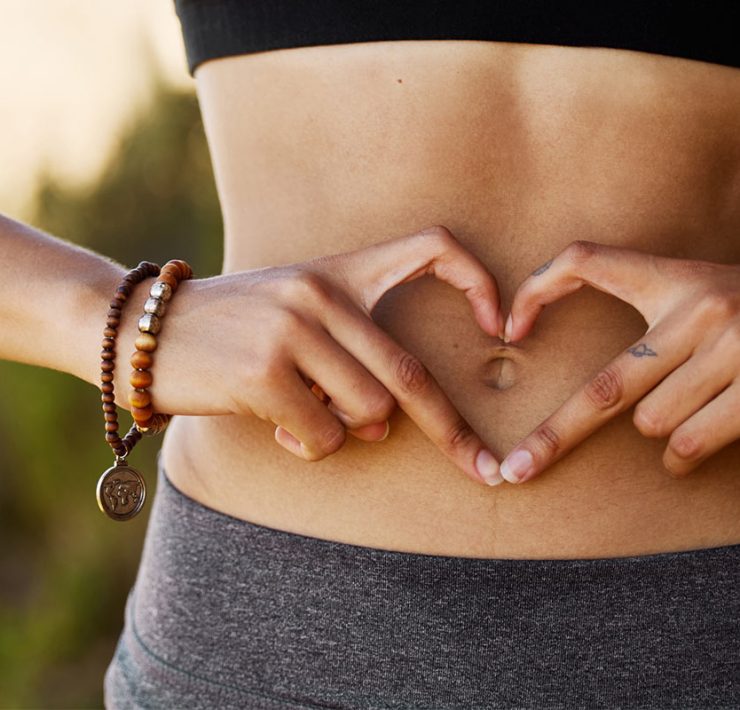We’ve often heard from Zeel customers that they wish they could get a massage every day. With self-massage, you can—filling in the gaps between professional massages with a little good old fashioned at home DIY massage. The AMTA defines self-massage at “the application of massage strokes to your own body for therapeutic purposes.”
Self-massage has some disadvantages, of course. Because you are doing work at the same time as getting the massage (by definition), it is difficult to fully relax your muscles as you would when your massage is performed by a professional licensed massage therapist.
Still self-massage can be a great stopgap use—it’s especially good as spot treatment for chronic issues like upper back pain and wrist pain. Even better, it needs few or no tools—just your hands, and perhaps a tennis ball or similar-sized ball.
Self-massage can enhance recovery as well. A study published in the Journal of Physical Therapy Science found that patients who did self massage and light exercise experienced more pain relief than those who only received 6 sessions of physical therapy.
Need some guidance? Some massage therapists are leading virtual massage sessions, according to the New York Times.
Simple Self-Routines
Piedmont Healthcare recommends these self-massage techniques.
Using a Tool
- For lower back relief: Either laying down or standing against a wall, place the tennis ball under lower back, focusing on where the tightness/tension is. Move your body back and forth or up and down to massage the ball into the area and release tension.
- For feet: Sit in a chair with no shoes on. Place the tennis ball underneath your foot and rock foot from front to back to roll the tennis ball around and work out the knots/ tension in foot.
Using your hands:
- For head massage/ headache relief: Place thumbs high on cheekbones or on temples, apply pressure in circular motion, moving fingers up to meet at the top of the forehead, then moving back down to the cheekbones
- For jaw massage: Place thumbs or index and middle finger below ears on the jaw line, gently rub in small circular motion up and down the jaw to relieve tightness and tension in jaw
- For neck stiffness: Place thumbs behind the ears and move fingers in small circular motion towards the base of the head.
Who Should Not Perform Self-Massage
As with other massages, self-massage has contraindications. See a doctor first if you have fever, a recent physical injury or operation, cancer, diabetes, or cardiovascular conditions.
Marcy is the SVP of People and Communications at Zeel. In addition to overseeing the humans of Zeel, Marcy has written about workplace topics for more than 20 years both at Zeel and as VP of Content for Vault.com, a career information web site and publisher.







